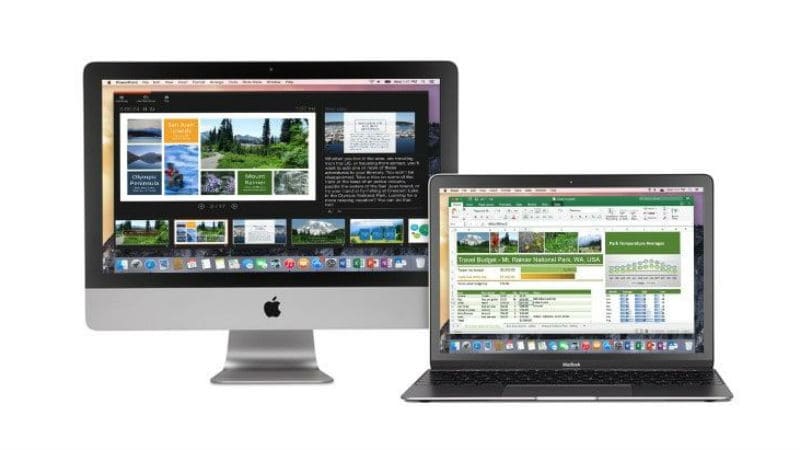About This Mac Storage Color Is Same For Backup And Photo
Mac users often check their Storage space using built-in About This Mac tool. Most immediately notice that a fairly large chunk of their disk space is occupied by “Other” items. IOS users may find this familiar, as Apple’s mobile operating system often displays Other storage space too. Fortunately for all OS X users, finding out finding is much easier. This is made possible due to accessible directories and file system on Mac, which is not the case with iOS. It’s time to check the storage space and finally figure out the mystery behind Other space in OS X.
You will see the amount of storage left on your Mac computer. Each color corresponds to a category, and the white part is free space. Generally, if a folder is taking up more than a few gigabytes, and it is not part of a program or backup, then you should investigate to see what is taking up most of your storage. The “Other” category is a combination of files that are not recognized as one of the other file types (Music, Apps etc.). The Other category may include system files and caches, apps extensions, user logs, documents (e.g. Powerpoints), zip/rar files, mail messages etc.

How to Check Other Storage in OS X Before diving into, you first need to check how much space it occupies on your system. The “Other” storage on OS Can be checked through About This Mac panel: • Go to Apple menu and click on About This Mac.
• Select Storage tab and locate Other section on your main drive. Other data will be highlighted in either blue or yellow depending on the version of OS X you have. Regardless of the OS X version installed on your Mac, Other data usually takes quite a bit of space even though the numbers vary. What Exactly OS X Counts as “Other” Storage Supposedly, you now know that “Other” demands a significant amount of disk space, but what exactly is taking that space?
In substance, OS X labels anything as “Other” unless it can allocate the item to a specified type of media, backup or application. In other words, what we are looking at is a very broad list of items that are being considered Other by the system: • PDF, PSD, doc, other documents and file types. • Zip, dmg, iso, other disk images, and • Application plugins, extensions, fonts, etc. • Application support, iCloud data, screensavers and all other user library items.
• Personal and user data of various types. • Swap files, voices, temporary data, other items within the system folders of OS X. • File types not recognized by Spotlight such as Boot Camp partitions. Contrary to common belief, “Other” storage is not just disk clutter.
Once you've done that convert the file to.M4R which will make iTunes recognize it as a ringtone. 
Basically, it is everything that does not fall under the main categories determined by OS X. It is quite different from the same label in iOS storage, which is likely to make more sense on a Mac. How to Manage Other Storage on Mac Files considered to be “Other” by OS X should not get you concerned unless you’re are running low on precious disk space. If this is the case and you want to try and clean up Other storage, then you will need to check the following locations and look for files that are no longer needed: • ~/Downloads — User download folder. • ~/Library/Caches — User caches. • ~/Documents — User documents. • iMessage attachments — media files cache.
Microsoft has released the Microsoft Office for Mac 2011 14.4.4 update. In addition to the application improvements that are mentioned in this article, Office for Mac 2011 is now available as a subscription offering. 
You will be surprised by how much redundant data can be found in these folders. Besides the folders listed above, you still have your system folder that comes with its own set of caches and temporary data. However, it is not recommended you do any of the removings manually as you can potentially do more harm than good. Manual tinkering with system level items makes even more sense, considering that OS X runs a cleanup script on reboot.